Reporting Core Internet Vitals With The Efficiency API
This text is a sponsored by DebugBear
There’s fairly a buzz within the efficiency neighborhood with the Interplay to Subsequent Paint (INP) metric changing into an official Core Internet Vitals (CWV) metric in a number of brief weeks. For those who haven’t heard, INP is...
A Internet Designer’s Accessibility Advocacy Toolkit
Internet accessibility could be difficult, significantly for shoppers unfamiliar with tech or compliance with The People With Disabilities Act (ADA). My function as a digital designer usually includes guiding shoppers towards ADA-compliant net designs. I’ve acquired many...
Vanilla JavaScript, Libraries, And The Quest For Stateful DOM Rendering
In his seminal piece “The Market For Lemons”, famend internet crank Alex Russell lays out the myriad failings of our trade, specializing in the disastrous penalties for finish customers. This indignation is completely acceptable in keeping with the bylaws of our medium....
A Sensible Information To Designing For Colorblind Folks
Too typically, accessibility is seen as a guidelines, but it surely’s rather more complicated than that. We is perhaps utilizing a superb distinction for our colours, however then, if these colours are perceived very in another way by individuals, it will probably make...
Cell Accessibility Obstacles For Assistive Know-how Customers
I typically hear that native cellular app accessibility is tougher than internet accessibility. Groups don’t know the place to begin, the place to seek out steerage on cellular accessibility, or how one can stop mobile-specific accessibility boundaries.
As somebody who works...
How Accessibility Requirements Can Empower Higher Chart Visible Design
Information visualizations are graphics that leverage our visible system and innate capabilities to collect, accumulate, and course of info in our surroundings, as proven within the animation in Determine 1.0.
Determine 1.0. An animation demonstrating our preattentive...
A Sensible Information To Designing For Kids
Kids begin interacting with the online when they’re 3–5 years outdated. How can we design for kids? What do we’d like to bear in mind whereas doing so? And the way can we meet the expectations of the most demanding customers you may probably discover: dad and mom?...
How To Draw Radar Charts In Internet
I set to work with a brand new sort of chart for knowledge visualization known as a radar chart when a mission requested for it. It was new to me, however the thought is that there’s a round, two-dimensional circle with plots going across the chart. Somewhat than easy X...
Ceaselessly Heard In My Starting Entrance-Finish Net Improvement Class
I felt uninspired for a spell in 2019 and determined to enroll in a beginning-level neighborhood school course on internet growth as a method to “spice” issues up, type of like going backwards to be able to transfer forwards. I had no real interest in being an previous canine...
Internet Improvement Is Getting Too Complicated, And It Might Be Our Fault
Entrance-end improvement appeared less complicated within the early 2000s, didn’t it? The usual web site consisted principally of static pages manufactured from HTML and CSS seasoned with a pinch of JavaScript and jQuery. I imply, who doesn’t miss the cross-browser...

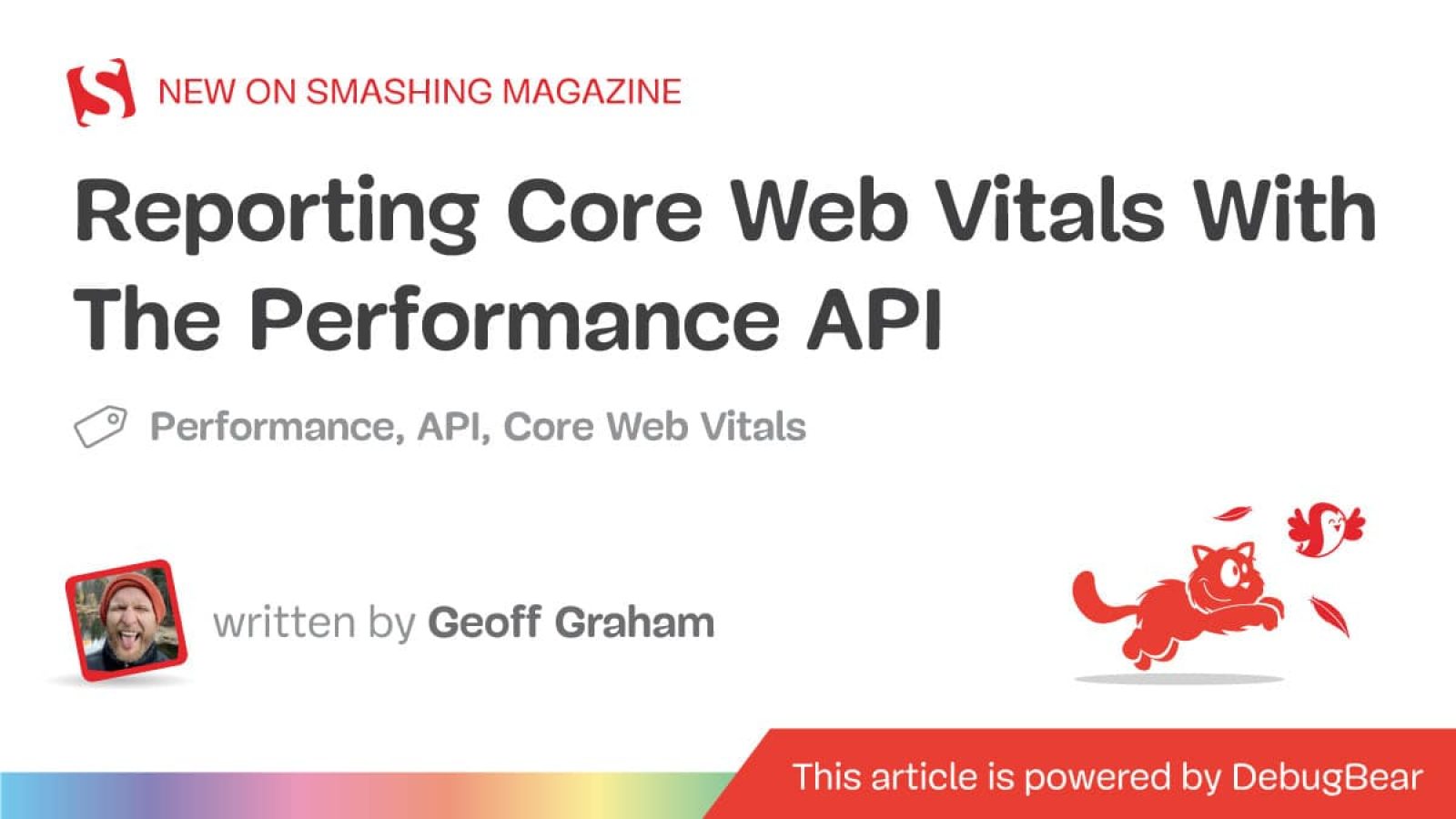
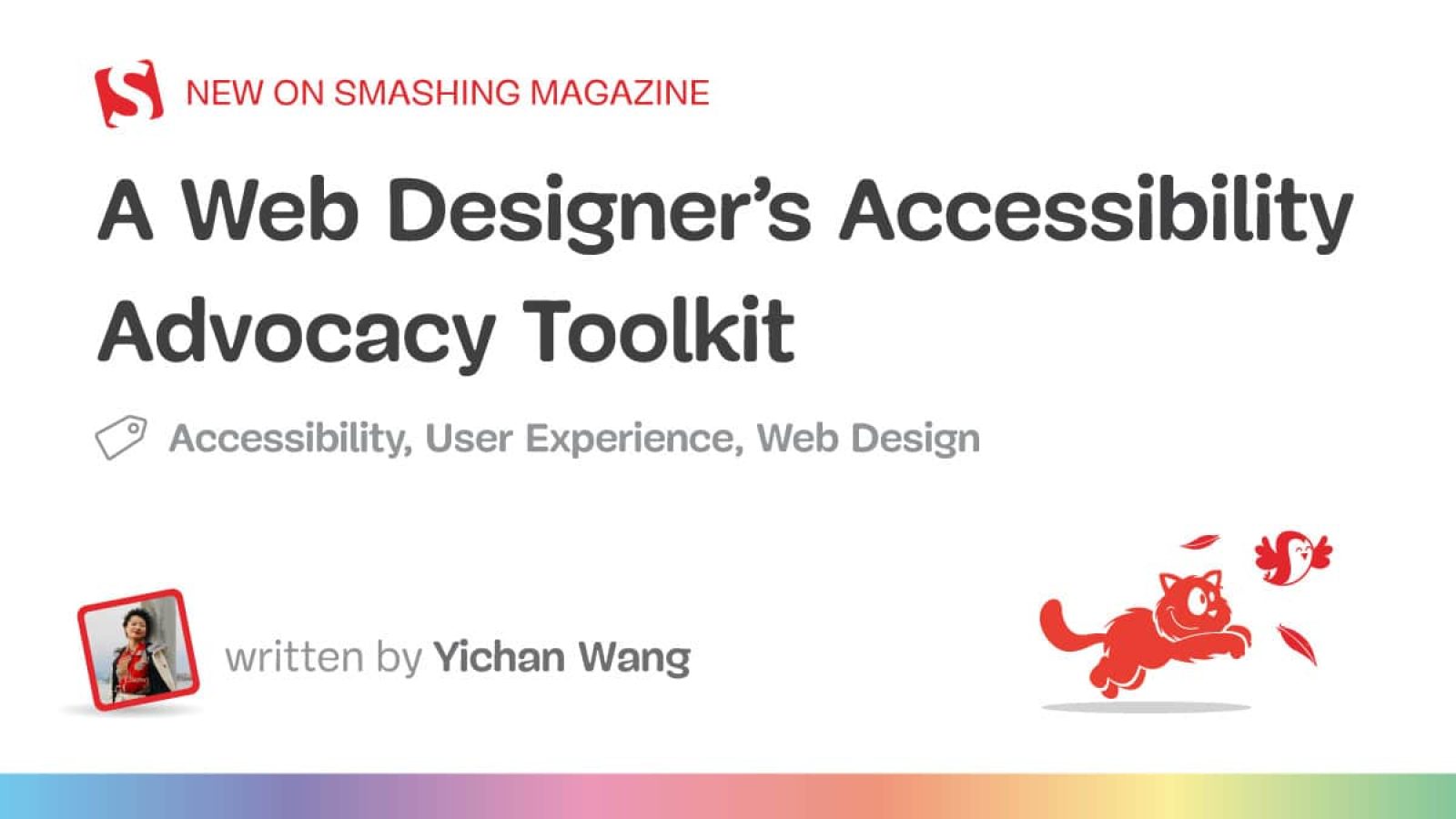

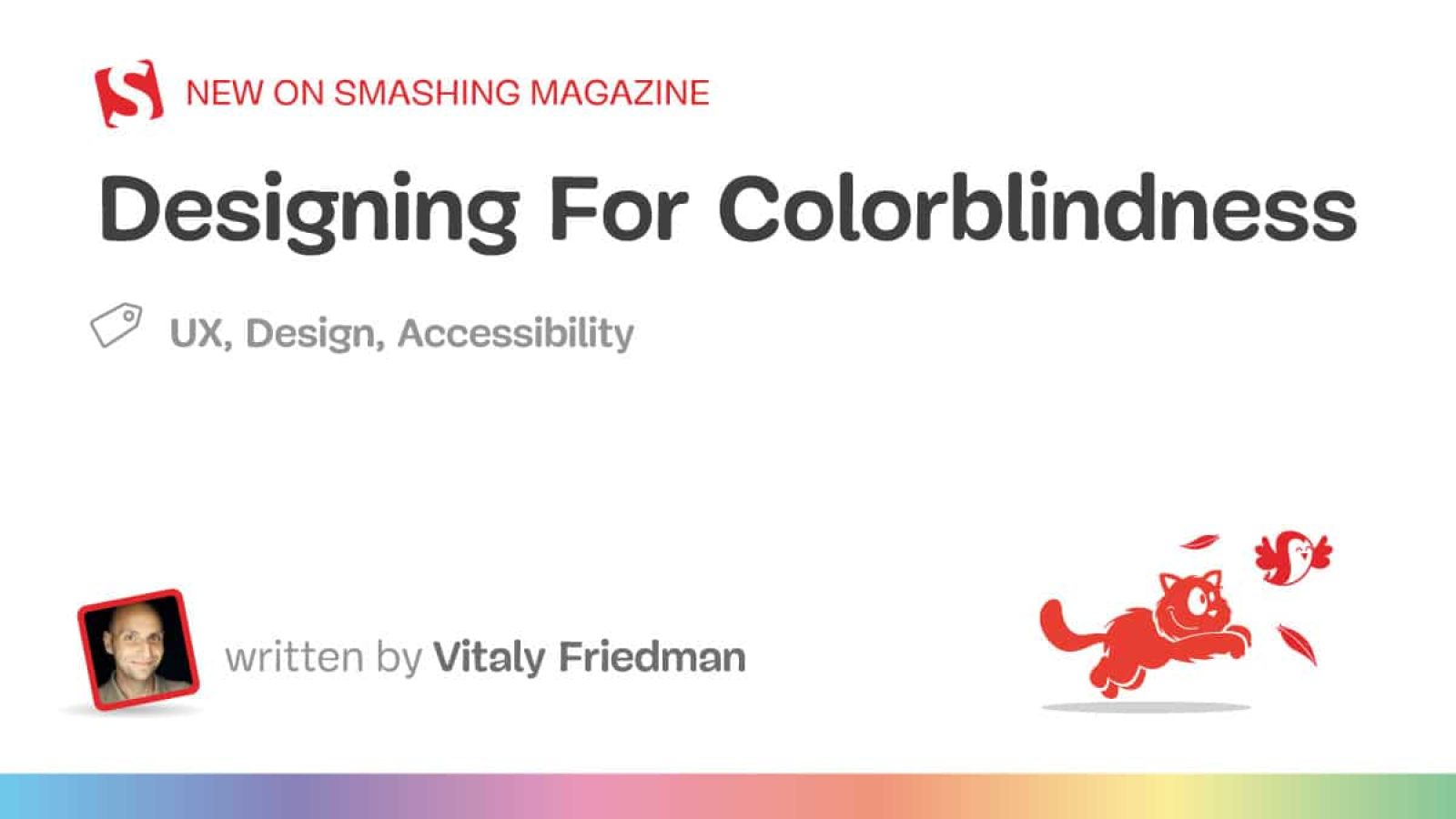
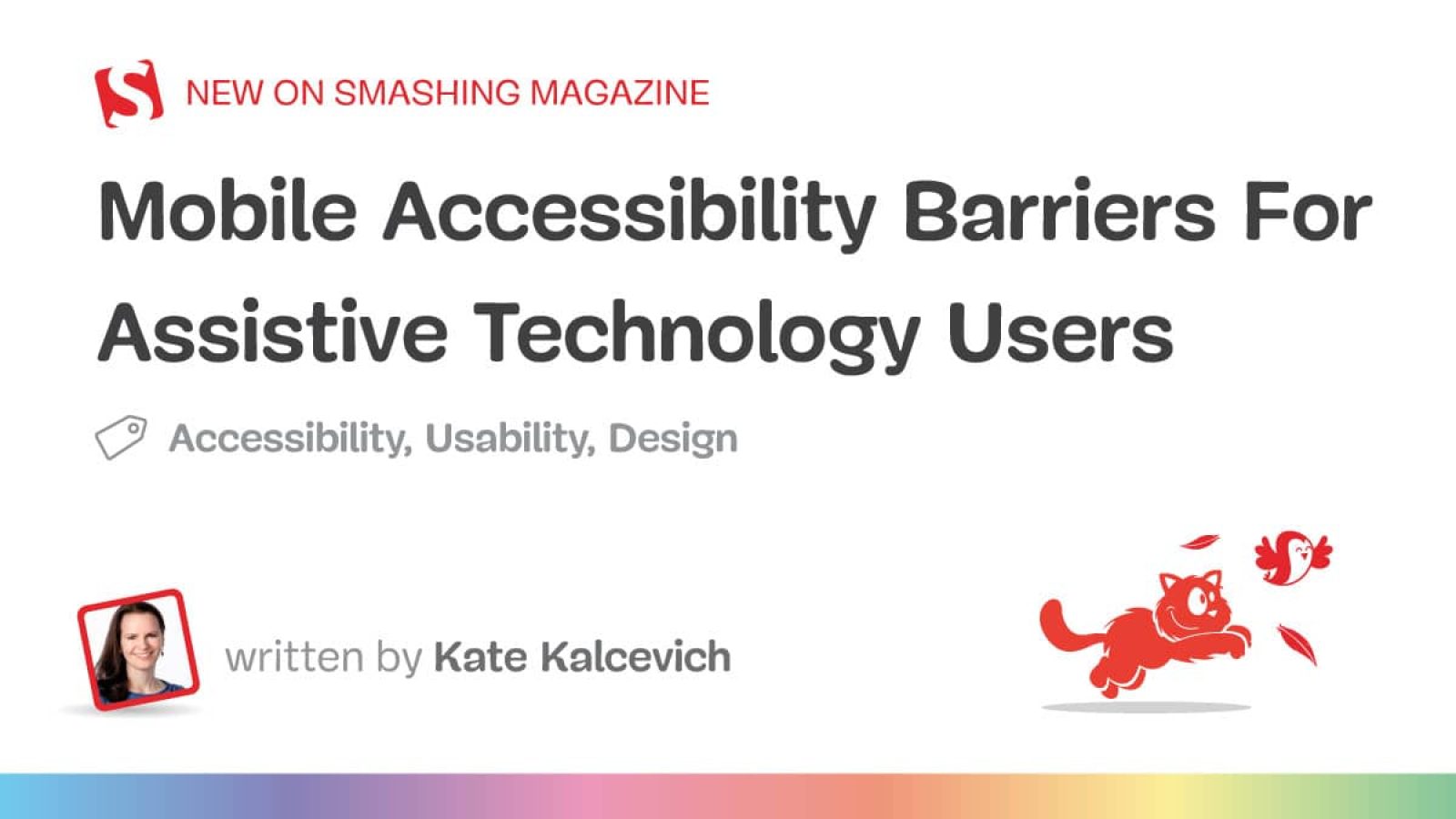

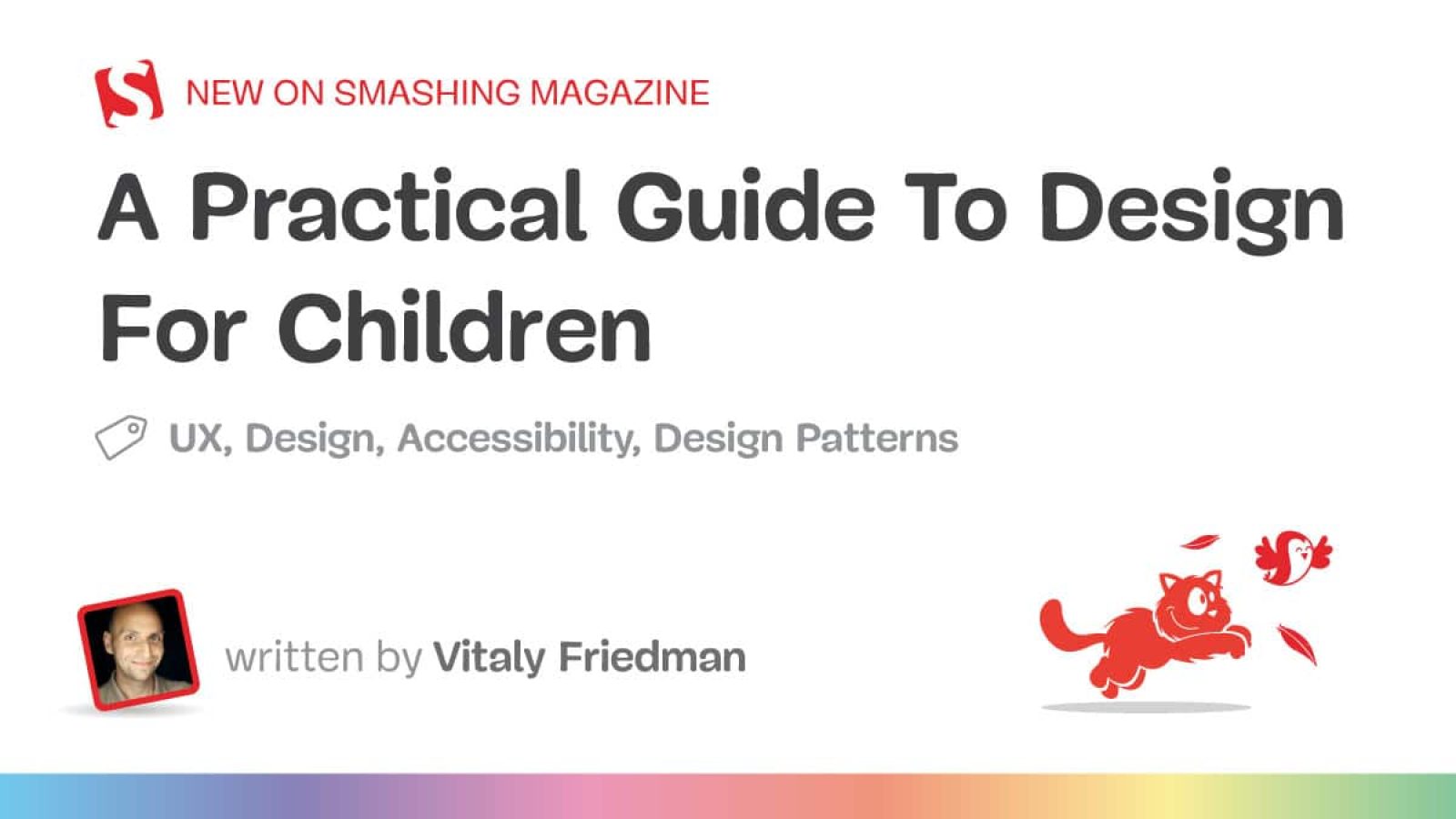
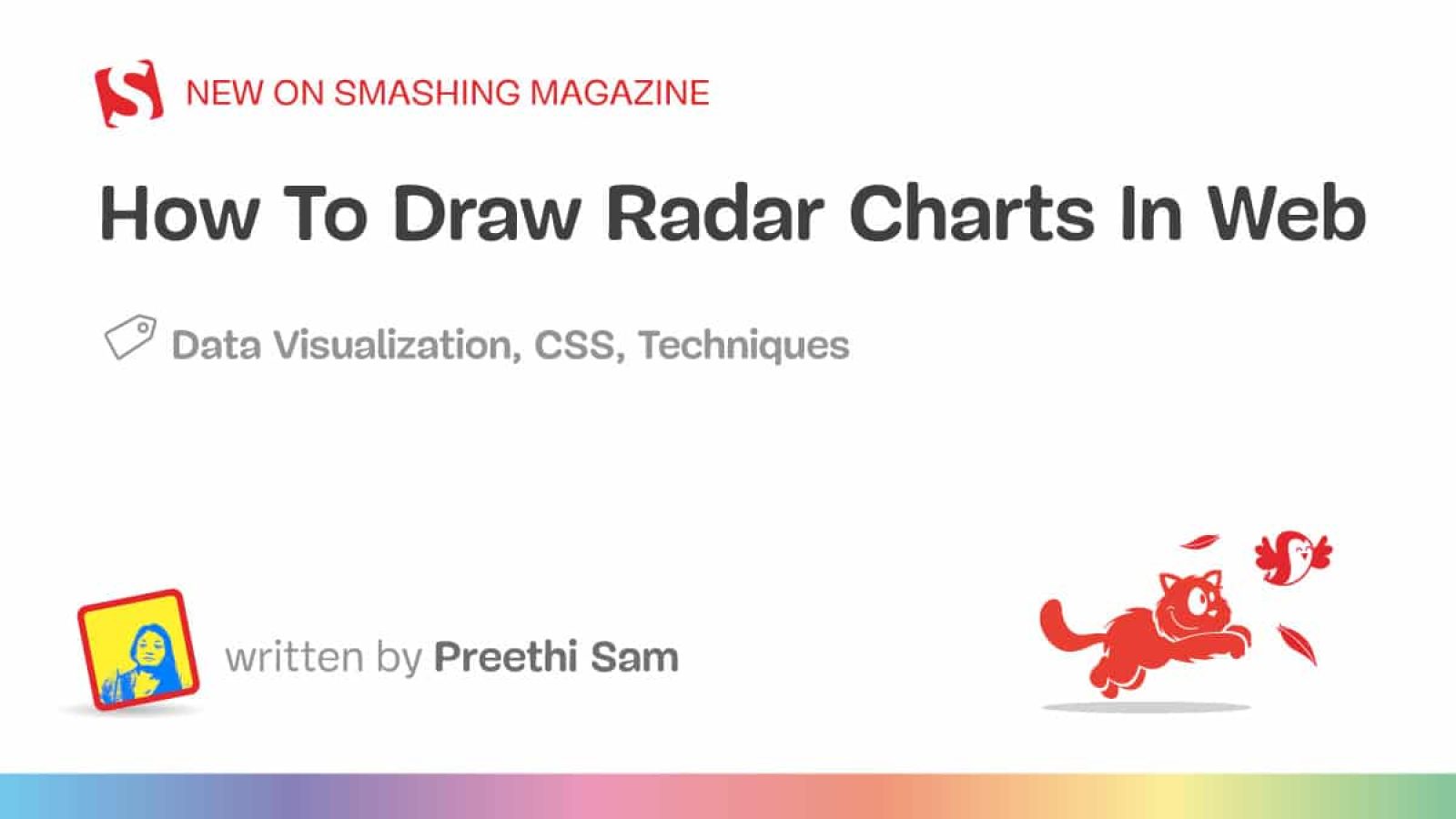




Subscribe to MarketingSolution.
Receive web development discounts & web design tutorials.
Now! Lets GROW Together!